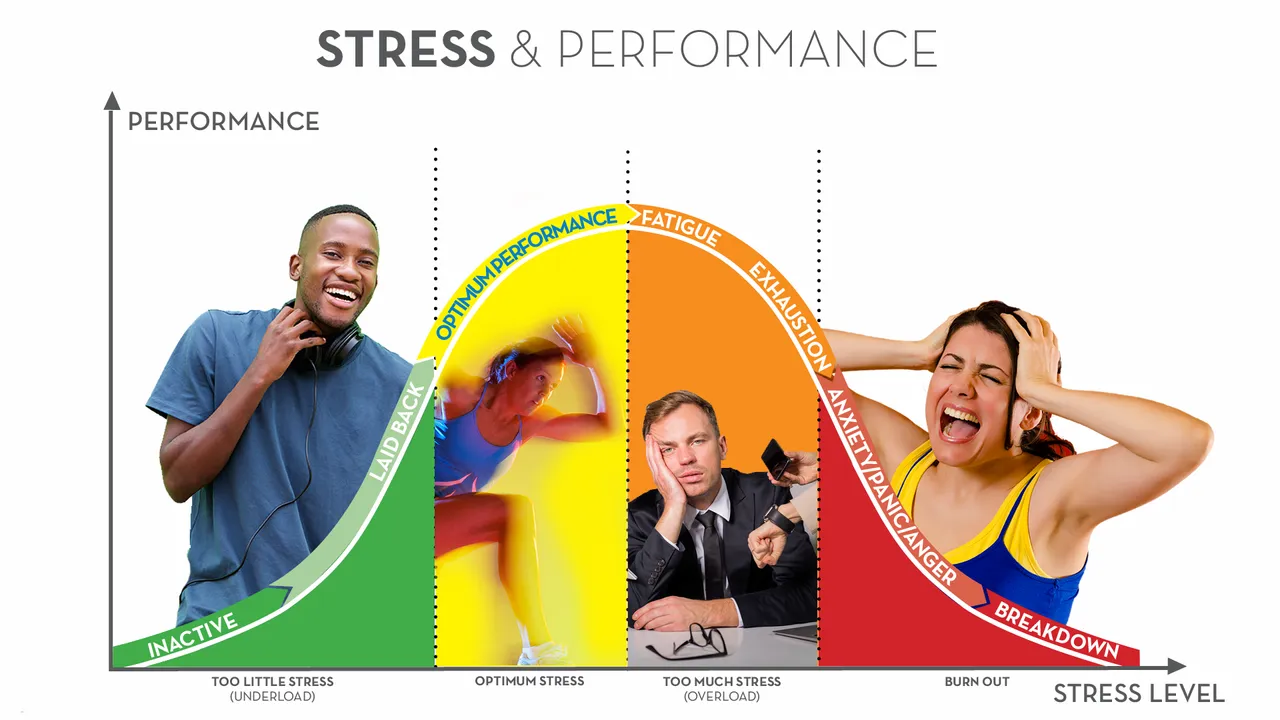Stress, as scary as it sounds, is actually a driving force for us to take action and we need a certain amount of it. But when it becomes more than we need, it starts to harm us physically and mentally.

source
We usually look for the stress that harms us in big events. However, seemingly simple activities that we do during the day, such as driving, cooking, talking to someone on the phone, can also cause stress that harms us. The longer these areas remain in the shadows, the greater the stress burden because we are doing the same things on a regular basis and the stress accumulates cumulatively. Therefore, identifying these areas and bringing them to light will be extremely important and relaxing.
Follow these 4 steps to identify such moments...
List all your activities during the day. Pick one day this week and write down all your activities, big and small, from the moment you wake up in the morning until you go to sleep at night. Try to include everything you can think of such as taking a shower, making breakfast for the family, driving, skin care, etc. without skipping anything.
Write down your stress levels. After completing your list, next to each activity, write down the level of stress it causes you. Place a score of 1, 2, 3 next to each activity to indicate your stress level, so that 1 (Less stressful) - 2 (Moderately stressful) - 3 (Very stressful).
Identify and act on the steps that can help you relax in the most stressful activities. For each activity with a score of 3, write down steps that can reduce your stress level. For example, if you take your shower in the morning but you are worried that you will be late for work, changing the time you take your shower could be a good step. If you have a lot of phone traffic and talking on the phone causes you to postpone other tasks and causes stress, prioritizing or reducing the number of calls could be another step.
Start taking steps one at a time in a way that is feasible. 1 step a week may be enough, or you can take more steps if you can do it. The important thing is to take at least 1 step a week. Remember 1>0!
Continue with the steps that work, if not, move on to new steps. Make a note of what you try as you take steps. Not all of them will work and reduce your stress levels. If you observe that they don't work, don't waste your energy on the same step. Start trying new steps.
When you make your list and start taking steps, you may be surprised to realize the level of stress these tasks cause you, and that's normal. Identifying the sources of stress in your daily work and taking steps to reduce them will make a big change, even if it seems small. You will regain the energy you have spent in that area and you will be able to use it in other areas.
I wish that your steps will be good for you and reduce your stress levels...
